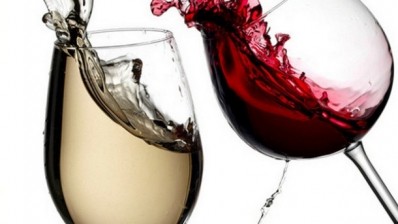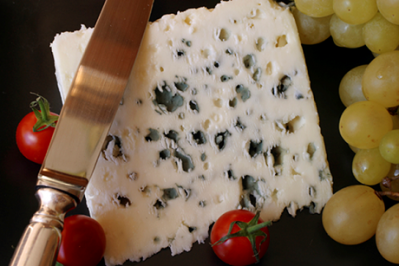Project combines wine by-products with cosmetics
The project was instigated after chemical researcher Bernd Diehl of Spectral Service, began researching ways to use by-products that were left over during the wine-making process.
Realising the by-products were rich in proteins, B vitamins, minerals and pholyphenols, he decided to devise a means of turning the waste into a useful powder.
Developing a powder for consumer products
Spectral Service teamed up with a specialist in by-products, Technologie-Transfer-Zentrum, and called upon Alfaverde to help them test the products in colour cosmetics, as well as a number of key food and beverage players.
The two German companies collected wine materials from vineyards in a number of key wine-growing areas throughout Germany and then conducted research into how best to process the materials in order to create usable powders.
“We developed a gentle drying process which did not use much heat in order to not destroy ingredients,” said Gabriel Randel, leader of the project, called ProVino.
Powder tested on range of products
The powder was then tested on a variety of cosmetic, food and beverage products, with what the researchers describe as ‘variable’ results, depending on the types of products.
The work, carried out in tandem with Alfaverde, found that skin creams using the powder were particularly effective, with marked anti-ageing effects thanks to the polyphenols and resulting high anti-oxidant levels.
However, because the powder is derived from red wine, it has a distinguishing red or pink tinge, which can be problematic, depending on what kind of cosmetic product it is used for.
Eye shadows did not work, skin cream did
The researchers reported that consumers did not particularly take to a range of eye shadows it had created in the red to violet spectrum, while the violet hue that the powder gives to skin creams ‘would take some getting used to’, although the researchers did stress that the colour disappeared when applied to the skin.
Likewise, a face mask made from the powder was described as having a ‘softening and cleansing’ effect.
The researchers believe that the project could be a trigger for the better use of wine by-products, which in Germany alone is estimated to be around 120,000 hectolitres a year, enough to make 12,000 tonnes of dried wine powder.











